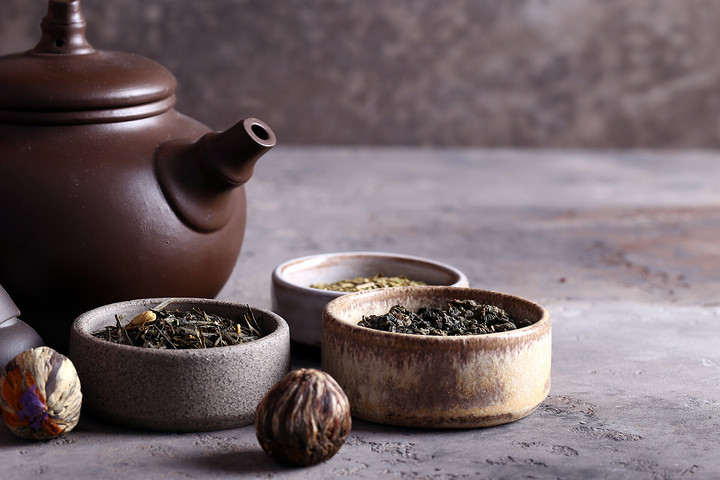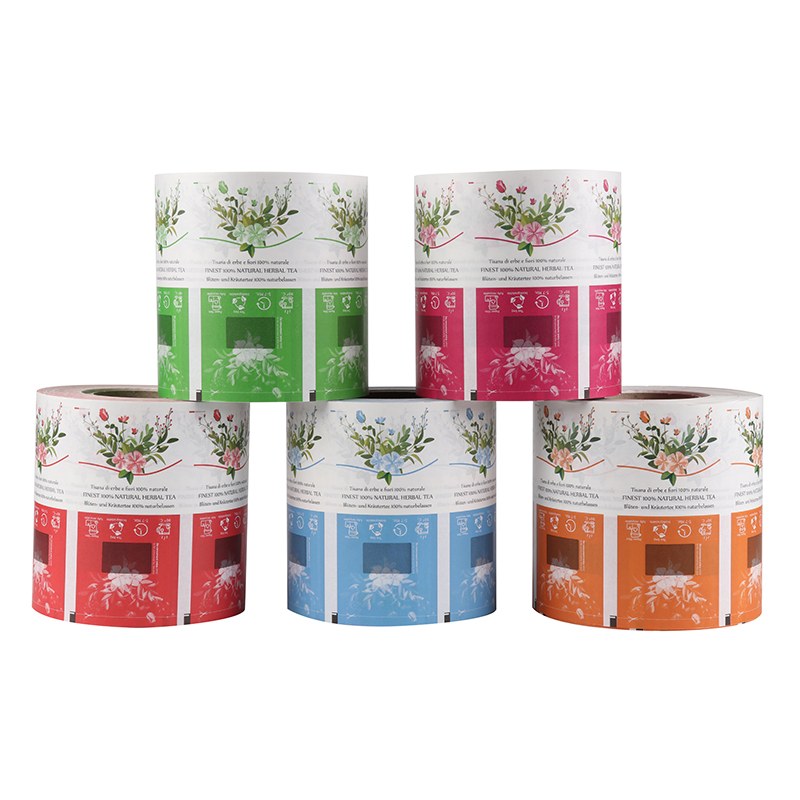
Let's start with the conclusion: Customers should choose the right packaging for their tea bags based on cost and future expansion.
Understanding the Packaging Needs of Tea

Quality Protection:
As we all know, tea is easy to adsorb water vapor and odor in the air, it is easy to moisture, aroma and taste will be affected, and even deterioration, affecting human health. This requires the packaging needs to have a good seal, to achieve moisture, oxidation, to maintain its unique aroma and flavor.
User experience:
Many consumers who love tea, when buying products, to a large extent, will be affected by the tea packaging. Therefore, in order to facilitate the use of customers at the same time to enhance the sense of meaning of tea packaging, so that consumers feel the charm of the corporate brand and its promotion of tea culture, thus mobilizing the desire to consume.
This is the most important point of the tea bag, one is the most basic protection role, the other is the user experience, after understanding these two points, we can think about how to choose the packaging.
Exploring Different packaging materials
Plastic Packaging

Advantages:
Cost Effective: Plastic packaging is usually less costly and suitable for mass production. Their price advantage allows many companies to package efficiently while staying on budget.
Good sealing properties: plastic packaging provides excellent sealing properties that effectively block air and moisture, protecting tea from the outside environment and extending shelf life.
Disadvantages:
ENVIRONMENTAL IMPACT: The biggest problem with plastic packaging is its impact on the environment. Most plastics are difficult to degrade and are prone to long-term environmental pollution.
Sustainability Issues: As consumer concerns about environmental issues increase, the use of plastic packaging may affect brand image, especially in markets where sustainability is highly valued.
Paper Packaging

Environmental Advantages:
Sustainable and recyclable: Paper packaging is often sourced from sustainable forestry, is biodegradable and recyclable, and has a relatively low environmental impact.
Enhance brand image: Using paper-b ased packaging reinforces a brand's eco-friendly image and appeals to consumers who care about sustainability.
Customization potential:
Ease of printing and design: Paper-based packaging is easy to personalize and print, which helps with branding and marketing.
freshness limitations:
Poor moisture resistance: compared to plastic and composite materials, paper packaging may be slightly less resistant to moisture, which may affect the long-term freshness of tea.
Composites Materials

A balance between freshness and environmental protection:
Superior freshness retention: he combination of composite materials such as aluminum foil and plastic provides excellent barrier properties, effectively preventing oxygen and moisture from entering and protecting the tea from damage.
Improved shelf life: This material significantly improves the shelf life of tea for long term storage.
Environmental considerations:
Recycling Difficulty: The recycling treatment of composite materials is more complicated, which poses a challenge to environmental protection.
Technological innovation: With the development of packaging technology, some composites are gradually adopting more environmentally friendly alternative materials to improve their sustainability. Such as PLA film paper rolls, PBS film paper rolls, etc...
Through an in-depth analysis of these three materials, we can see that each has its unique advantages and limitations. When choosing the right packaging material for tea, decisions need to be made based on the specific needs of the product, its market positioning, and the brand's sustainability goals.
Essentials of Procurement

Cost-effectiveness
Balancing quality and cost: When selecting packaging materials, it is important to find a balance between meeting quality standards and cost effectiveness. This involves evaluating the performance and price of different materials to ensure that cost efficiency is maximized without sacrificing product quality.
Optimization of production processes: Optimizing production processes can lead to significant cost reductions. This may include using more efficient production techniques, reducing waste, or improving workflow to increase productivity.
Long-term return on investment: When considering the cost of packaging materials, the long-term return on investment should also be considered. For example, choosing slightly more expensive but more sustainable materials may provide a greater return in the long term through increased brand value and customer loyalty.
Supply chain management
Choosing the right supplier: Choosing the right supplier is critical to ensuring quality and cost control of packaging materials. This includes assessing the supplier's reliability, production capacity, and their quality control standards.
Build strong supply chain relationships: Establishing strong and mutually beneficial relationships with suppliers ensures continuity of material supply and price stability. This helps to avoid unexpected supply issues and price fluctuations, thus keeping costs predictable.
Flexibility and risk management: Flexibility and risk management also need to be considered in supply chain management. This means dealing with potential supply disruptions in a planned way, for example by diversifying suppliers or stockpiling critical materials to reduce risk.
Conclusion.
Tea packaging today is more versatile and effective than in the past. In order to ensure the quality of the product and protect it from damage, the packaging must be appropriate.
Tea companies should take the time to research and select the best packaging for their products to provide the best user experience.
At XLD, we don't just manufacture packaging, we have experienced tea packaging experts ready to help you choose the best packaging solution for your business.
Contact us today to learn more about our services and find the perfect solution for your tea!